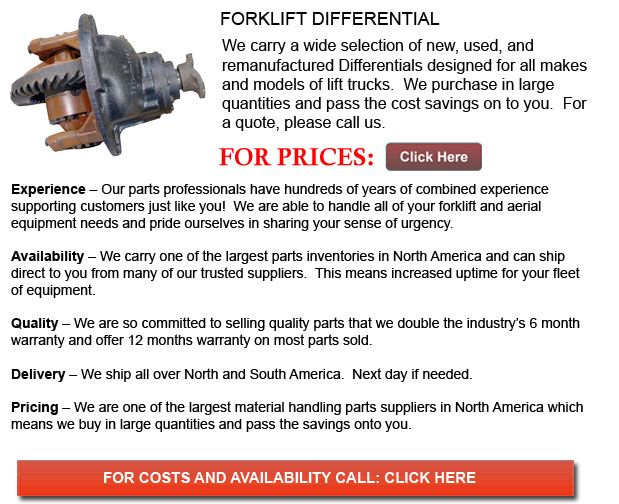
Forklift Differentials - A differential is a mechanical tool that is capable of transmitting torque and rotation through three shafts, frequently but not at all times employing gears. It usually operates in two ways; in vehicles, it provides two outputs and receives one input. The other way a differential functions is to put together two inputs to produce an output that is the difference, sum or average of the inputs. In wheeled vehicles, the differential enables all tires to be able to rotate at various speeds while providing equal torque to each of them.
The differential is built to drive the wheels with equivalent torque while likewise enabling them to rotate at different speeds. When traveling around corners, the wheels of the cars will rotate at different speeds. Several vehicles like karts function without using a differential and make use of an axle as a substitute. When these vehicles are turning corners, both driving wheels are forced to rotate at the same speed, usually on a common axle which is driven by a simple chain-drive apparatus. The inner wheel has to travel a shorter distance as opposed to the outer wheel while cornering. Without a differential, the outcome is the outer wheel dragging and or the inner wheel spinning. This puts strain on drive train, resulting in unpredictable handling, difficult driving and deterioration to the tires and the roads.
The amount of traction necessary to move whichever car will depend upon the load at that moment. Other contributing factors consist of momentum, gradient of the road and drag. One of the less desirable side effects of a conventional differential is that it could limit grip under less than perfect circumstances.
The torque provided to each wheel is a product of the transmission, drive axles and engine applying a twisting force against the resistance of the traction at that specific wheel. The drive train could typically provide as much torque as needed unless the load is very high. The limiting element is usually the traction under each and every wheel. Traction could be defined as the amount of torque that could be generated between the road surface and the tire, before the wheel begins to slip. The automobile would be propelled in the planned direction if the torque utilized to the drive wheels does not go beyond the threshold of traction. If the torque applied to each wheel does go beyond the traction threshold then the wheels will spin incessantly.
![]() Click to Download the pdf
Click to Download the pdf
Forklift Parts
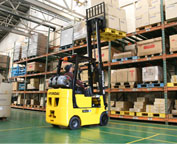
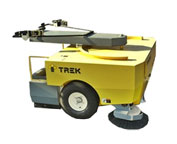
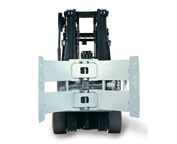
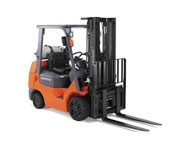
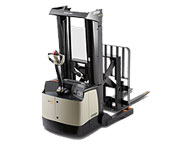
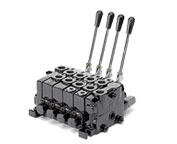
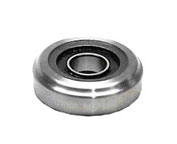
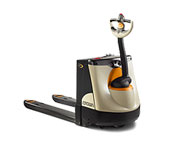
Lift Parts Express
TOLL FREE: 1-888-695-7994
LOCAL: 657-208-7001
174 W LINCOLN AVE 184
Anaheim, California
forkliftpartsanaheim.com
Email Us
About Us


